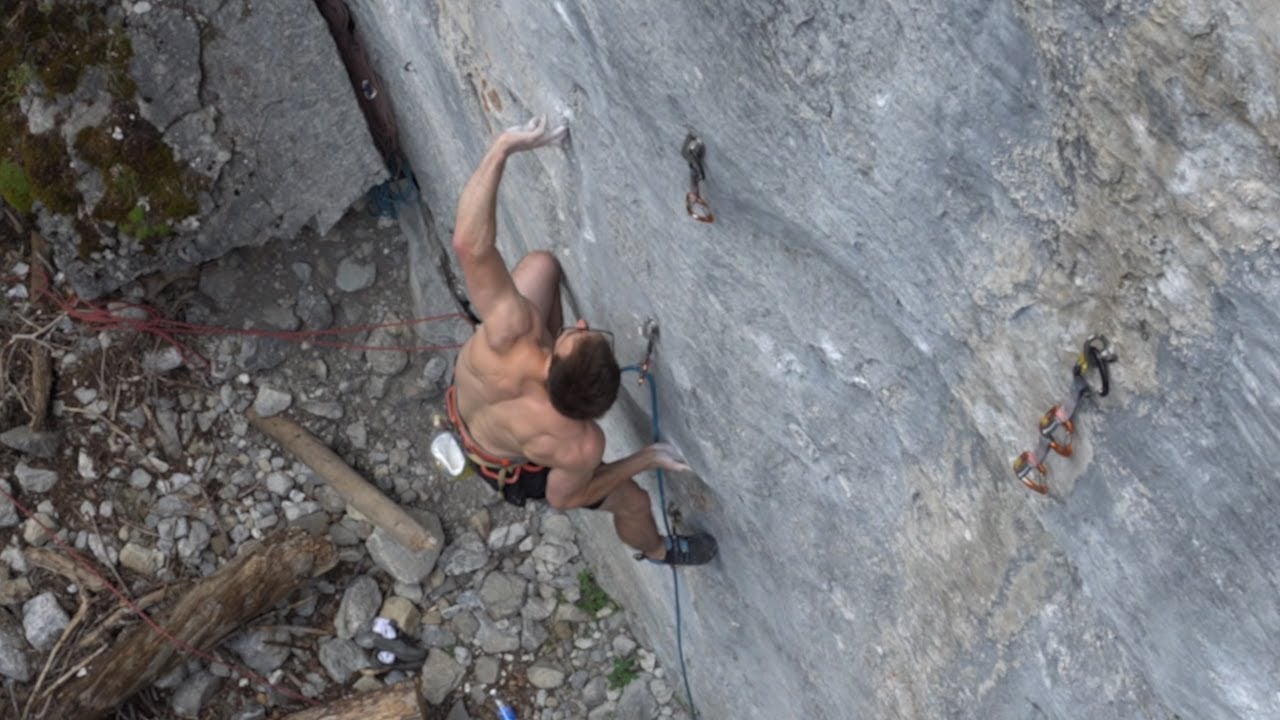Watch Miles Adamson Make the First Ascent of Imposter Syndrome (5.14d)

"None"
Follow Miles Adamson on his attempts to climb Imposter Syndrome (5.14d), which was a long-abandoned project at University Wall in Canmore, Alberta, Canada. University Wall overhangs by just a couple of degrees. “The climbing (on every route on the wall) is best known for a complete lack of feet,” says Adamson. “The climbing is therefor super technical.”
Imposter Syndrome has two cruxes. The opening boulder problem follows extremely thin crimps to gain an undercling near the first bolt. “It feels like if any feature was missing, this section wouldn’t even go,” says Adamson. The redpoint crux is around the fourth and fifth bolts. An undercling and poor right hand edge with tiny feet moves into a big stab to a pocket that’s difficult to target. “The right foot is a dime-sized edge,” says Adamson. “I fell for weeks trying to stick this move from the ground.” All in all, he put in 20 redpoint attempts over two months.
Adamson described the meaning of the route name:
“I named it Impostor Syndrome after my mentality on the route. Grading first ascents and long projects can be really hard. You work on them for so long that some aspects of them feel really easy, to the point where I convinced myself it was easy and should have sent it much faster. This is also part of the nature of very technical climbing. When you do a move in isolation, and you place every finger and foot perfectly from a take, the moves can feel magnitudes easier. The hard part comes from doing it all in a row and nailing everything perfectly as you go. Basically, I convinced myself the route wasn’t that hard and that poor performance is why I couldn’t do it, which is impostor syndrome. After some of my friends tried it who climb 14-, that was very clear.”
Imposter System was bolted by Mark Fraser and Craigh Hyslop in 2006. “The wall and all the projects they bolted are extremely hard, and only now is the wall getting more attention again,” says Adamson. “I expect it to be a major destination for hard climbing in Canmore very soon.”